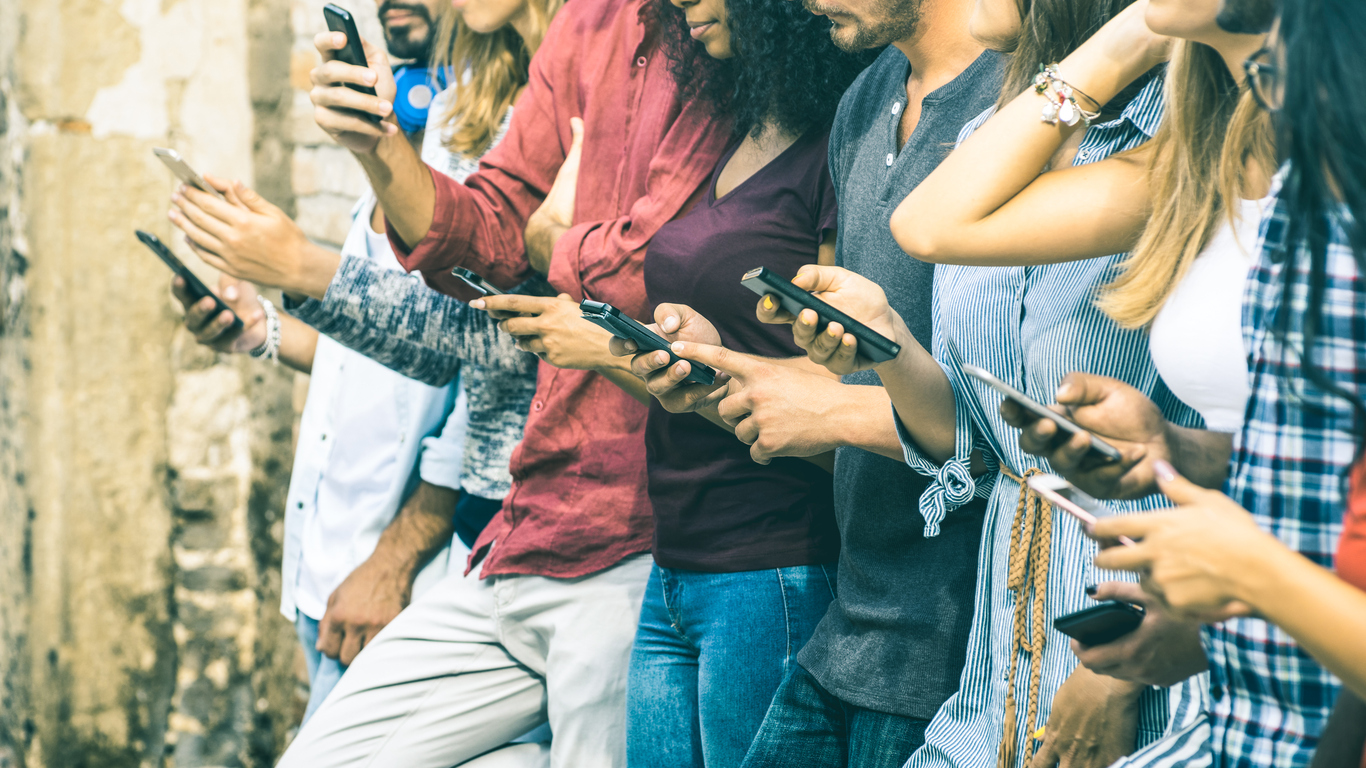Sometimes I feel like digital devices are like the proverbial bad boyfriend you can’t live with or without. At first, there’s that sense of heady excitement at the newness of the relationship. You can stay connected with work, friends and family 24/7! Tap one button and get instant updates on news, your financial portfolio, snarky celebrity gossip or that GoFundMe you are supporting to help a friend pay for cancer treatments. But after a while, that excitement wears off. You just want some alone time to think without constant alerts, texts and notifications causing constant distractions. Determined to step away from your device without having to craft the “it’s me, not you” speech that a human relationship would require, you foolishly think that it’s going to be easy. After all, people were perfectly fine back when a beeper, landline, written note or fax were the only options for staying connected, right? Then how come less than 10 minutes later, filled with FOMO (a fear of missing out, and yes that’s a thing pervasive enough to now appear in the Oxford Dictionary), you covertly grab that smart phone and start the cycle over again.
The truth is, people are addicted to their digital devices. Smart phone separation anxiety can be the worst. A 2017 study by Asurion, a global tech protection and support company, found that Americans check their phone on average once every 12 minutes, adding up to about 80 times each day. Of the 2,000-people surveyed, one in ten checks their phones an average of once every four minutes. About 31 percent of respondents felt regular anxiety at any point when separated from their phone and 60 percent reported experiencing occasional stress when their phone is off or out of reach. Some people said they would even give up sex or chocolate for a week, or lose their voice for a day, rather than lose their phone for 24 hours.
So how can you break your addiction to technological advices? Start by putting some boundaries on your connectivity. Rachael O’Meara, author of Pause: Harnessing the Life-Changing Power of Giving Yourself a Break, recommends taking a digital device pause.
“Creating rules for yourself is important around devices,” O’Meara explains. “People are wired to be connected to their phones; neurotransmitters of dopamine are rushing through your body, and your brain thinks it’s getting a reward when little email chimes go off.”
Her advice for successfully stepping away from technology includes:
· Turn off alarms and alerts that are not necessary.
· Understand that most people will want to be tethered to their device. Creating digital device-free zones can remove that temptation.
· Do not sleep with the smart phone in your bedroom. Use a real alarm clock instead.
· Set limits on device usage. For example, you may limit reading emails to 30 minutes a day or choose a Saturday where you don’t have to work to completely avoid email and social media for a half or full day.
“The key is defining what works for you,” she continues. “Because it is up to us as individuals to choose our boundaries.”
Hey, the struggle is real. I have two smart phones, one for my corporate job and another for personal use. I consider my tablet to be one of the best inventions ever of the twenty-first century. During exercise, I listen to music on my iTouch. And of course, there’s my PC laptop used for work and my Mac laptop at home. That’s six connection points for one person and think about how many more are available now; it sounds ridiculous even as I write this. We’ve come a long way from the days when a portable phone was the size of a brick, cost about the same as a house down payment and was typically confined to your car. I’ve taken O’Meara’s advice about limiting digital devices to heart. During bedtime, my smart phones charge downstairs overnight, out of sight and earshot. While the tablet sits on my night stand for reading, it is switched to airplane mode. And when it comes to taking a deliberate pause, I try to ditch all connectivity for as long as possible.


